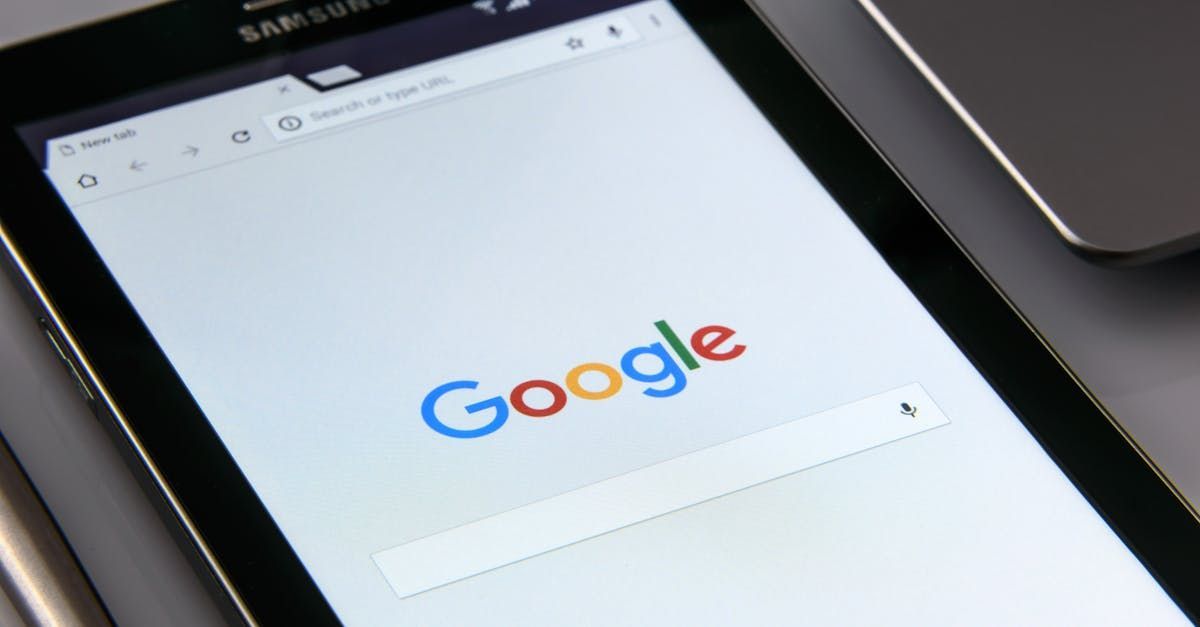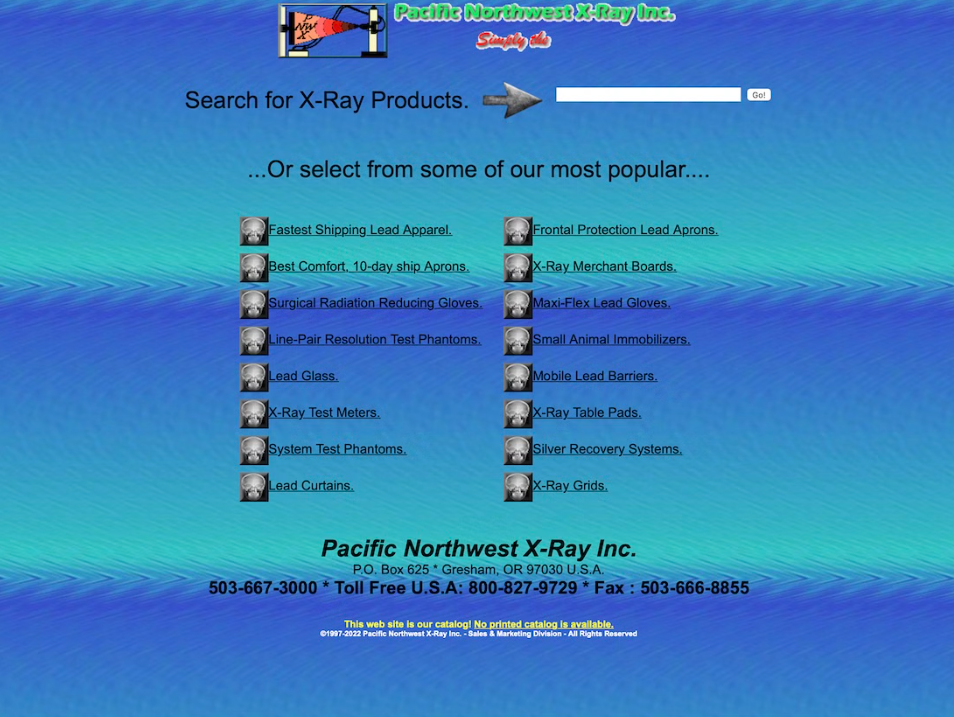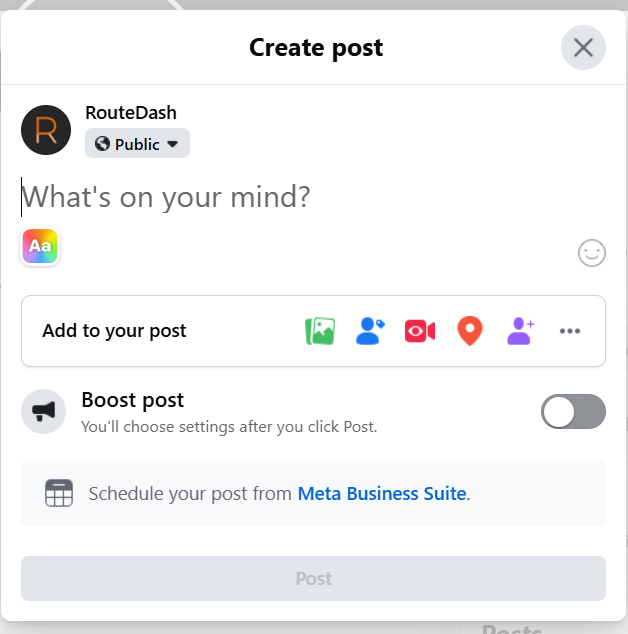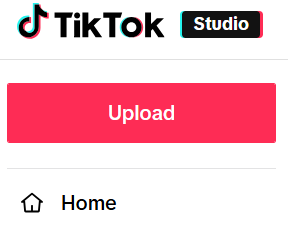An Update on Cookies
What does Google's latest announcement mean?

Let’s discuss cookies once again. Sadly, not the crumbly delicious kind. No, we’re looking at the cookies used for online tracking that we talked about here. We originally brought up cookies because Google was planning to phase out third-party cookies. Last week, Google broke the internet (well at least for those of us in marketing and advertising) by announcing that they won’t be getting rid of them after all. This decision may not come as a shock to those who have been watching this announcement get pushed out over a 4-year period, but it’s worth examining what exactly Google is doing and what it means for marketing and the average internet user alike.
Google's Announcement
When Google announced its plans to deprecate third-party cookies, their plans for a cookieless future went through several iterations (FloC, Privacy Sandbox, et all). In a pre-announcement announcement, they said they were going to let everyone know the future of the Privacy Sandbox. Then VP of Privacy Sandbox, Anthony Chavez, dropped a bomb on us in a press release from July 22nd:
“Instead of deprecating third-party cookies, we would introduce a new experience in Chrome that lets people make an informed choice that applies across their web browsing, and they’d be able to adjust that choice at any time. We're discussing this new path with regulators, and will engage with the industry as we roll this out.”
What Does That Really Mean?
In short, third-party cookies are sticking around while Google finds a balance between the demands of regulators and the needs of advertisers. The long answer is a little more complex, but it involves a lot of “we don’t really have an answer yet.”
To envision what Chavez means when he says “lets people make an informed choice” we should look at what rivals like Apple’s Safari, Mozilla’s Firefox, and Brave have done. These browsers have all fiercely adopted a privacy first stance in the wake of third-party cookies deprecation, giving users more control over their privacy settings, including cookie management. Although Chrome is the leader in the browser world, a significant amount of people prefers its privacy focused rivals, indicating a substantial demand for enhanced privacy controls.
A People First Move Toward Privacy
There is some insight on the proposed solution to Chrome’s cookie problem. The UK’s Competition and Markets Authority (CMA) suggested that users might be prompted with an option to choose whether they’d like to keep third-party cookies or disable them. It’s important to note that we are in the early stages of this new phase from Google, and that there will likely to be push-back from the marketing world regarding implementation and user experience.
Reactions to Google's Announcement
In the past, regulators have consistently pushed Google toward a more privacy focused internet, especially in the EU and the UK where there is a huge demand for anonymized data. Now many advocates for the removal of third-party cookies are disappointed by Google’s announcement. They see it as a wait-and-see situation, but since most of the world has already responded to the prospect of a world without third-party cookies there is a feeling that a privacy centric internet is possible.
Marketing and advertising professionals are falling on the same side as regulators. They see it not as a shift back to a world where third-party cookies are king but as a way to ease into finding a better, more privacy focused way of collecting data. Using tools like SMS, email marketing, and other first-party data options allows for better personalization within marketing strategies and tends to have a better ROI than third-party data reliant banner ads.
What's Next In a Semi-cookieless World?
So, third-party cookies are sticking around, but does that mean we just pretend like the last four years of preparing for the end never happened? Definitely not. As stated above, collecting and using first-party data is a more reliable way to connect with your customers. Many consumers are willing to share their data if they receive something valuable in return. There has been a lot of effort within the advertising/marketing world to find a solution to a cookieless world, so turning back would be hard to stomach. There has also been increased development into cookieless channels, like CTV, so living in a cookieless world has almost become inevitable.
We asked this question before, but it’s worth it to revisit it. What kind of options are there for collecting data in a cookieless world? (link source 4)
Third-Party Cookie Alternatives:
-First Party/Zero Party Data- This is data that is not personally identifying but is offered by the consumer through engagements like quizzes or surveys.
-Contextual Advertising- Context here is a way of advertising to your consumer in the exact moment they are thinking about your product. For example, you’re scrolling an article about the best car seats for kids are and you see ads for car seats.
-Identity Resolution- These are ways to connect identifiers like postal or email address to transactions or other trackable behaviors.
-Google Topics- An alternative to cookies that has emerged from Privacy Sandbox is Topics, this assigns a rotating and limited number of topics to a browser based on activity.
Google’s decision to not eliminate third-party cookies has sent a lot of people into a tailspin trying to figure out what to make of this. The biggest take away is that Google didn’t really make a decision at all. They’re leaving it up to the people to decide and figure out what to do with cookies. Maybe this was their plan all along to deal with advertisers and regulators without burning any bridges. Whatever the future of third-party cookies is, there is a bright future out there where we interact with our customer base, collect information relevant to them, and provide better targeted ads. That’s a future worth celebrating, even if it means a few cookies crumble along the way.
Looking to develop your cookie-free data strategy? Contact us for a no-obligation consultation with our team of experts today!



